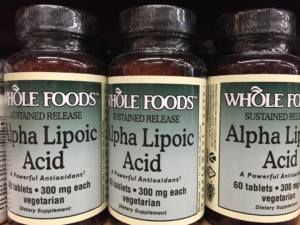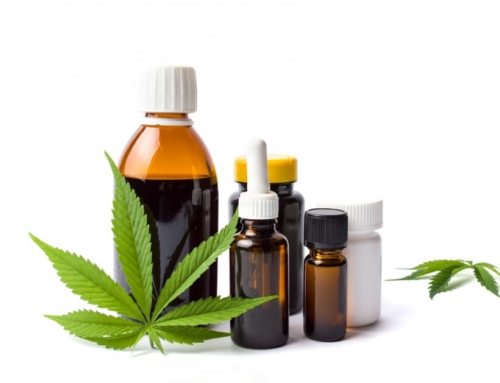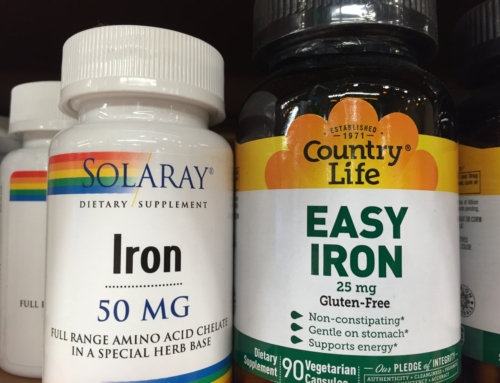If you have any reason to suspect your pet has ingested something toxic, please contact your veterinarian or one of the other resources listed:
• ASPCA Animal Poison Control Center 24-hour hotline at (888) 426-4435
• Pet Poison Helpline® 24-hour animal poison control service at (855) 764-7661
Alpha Lipoic Acid
Alpha Lipoic Acid, also known as ALA, is a human dietary supplement used in the management of diabetes. While more toxic in cats, ALA can be dangerous if ingested by any pet.

Signs and symptoms of toxicity: Toxicity may be seen within 30 minutes or it may take up to several hours to develop. Signs and symptoms of toxicity include low blood sugar, increased thirst and salivating, vomiting, difficulty walking, tremors, and seizures.
Toxic consumption: In cats the minimum toxic dose is 13 mg/kg (5.9 mg/lb). In dogs, 126 mg/kg (57 mg/lb) is considered the toxic threshold although fatal cases have been reported with ingestion of 100 mg/kg (45 mg/lb).
| X-Small Yorkie, Chihuahua |
Small Pug, Boston Terrier, Poodle |
Medium Beagle, Scottish Terrier |
Large Boxer, Cocker Spaniel |
X-Large Retriever, German Shepherd |
XX-Large Great Dane, St. Bernard |
| 1 – 10 lbs. (0.45 – 4.6 kg) |
11 – 25 lbs. (5 – 11.4 kg) |
26 – 40 lbs. (11.8 – 18.2 kg) |
41 – 70 lbs. (18.6 – 31.8 kg) |
71 – 90 lbs. (32.3 – 40.9 kg) |
91 – 110 lbs. (41.4 – 50 kg) |
 |
 |
 |
 |
 |
 |
| > 45 mg | > 500 mg | > 1180 mg | > 1860 mg | > 3230 mg | > 4140 mg |
| Most Cats | Large Cats |
| 1 – 10 lbs. (0.45 – 4.6 kg) |
11 – 25 lbs. (5 – 11.4 kg) |
 |
 |
| > 5.8 mg | > 65 mg |
References:
– Osweiler, G, et al. (2011). Blackwell’s five-minute veterinary consult clinical companion. Small Animal Toxicology. [Kindle version]. Retrieved from Amazon.com
Pet Poison Control is provided free as a public service by the American College of Veterinary Pharmacists. Today we’re asking you to support us with a small donation. If you would like to dedicate your gift in honor or memory of a pet or individual, you will have that option before checkout. Your gift of any amount helps us maintain this resource and make it available to the pharmacy and veterinary communities. Thank you!





